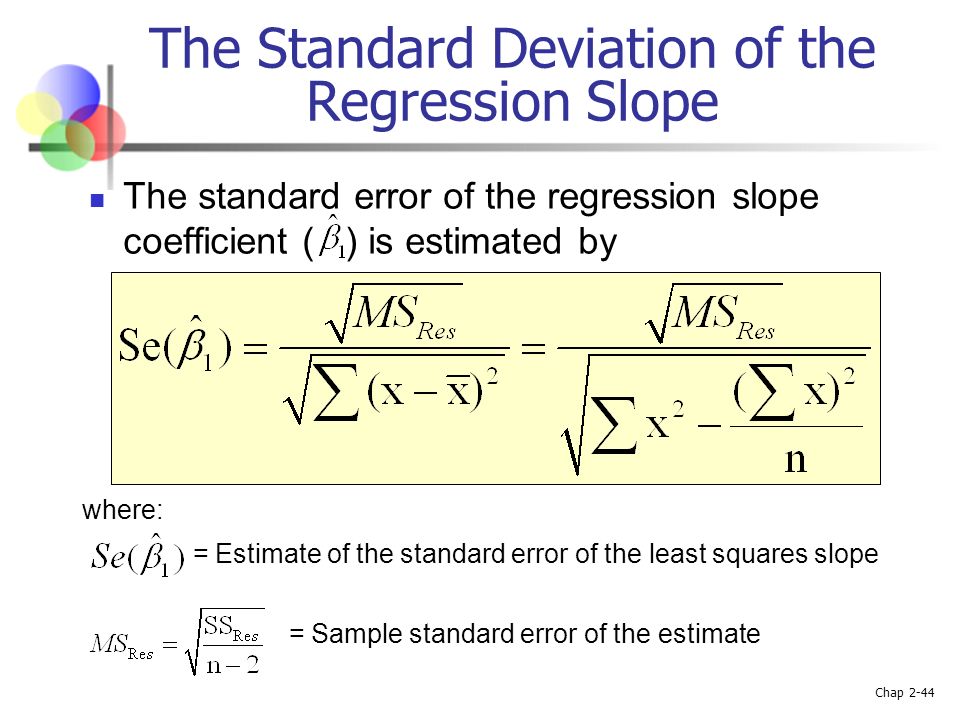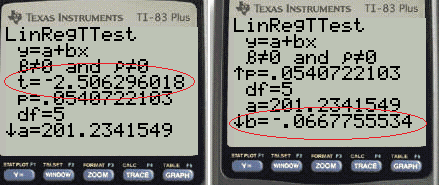
And then divide by the standard deviation of the sampling distribution of the slope of the regression line. Regression line you get minus the slope that's assumed from the null hypothesis. Now ideally, you would take your b, you would take your b, and from that, subtract the slope assumed in the null hypothesis, so the slope of the The statistic for b that you actually got. But what you then want to do to test your null hypothesis, which we've done multiple, multiple times, is find a test statistic that is associated with So this would be hisĪlternative hypothesis. But here it says he noticed or he suspects a positive linear relationship. Positive or negative, then you might say that theīeta is not equal to zero. Linear relationship, you don't know if it's Linear relationship, you could say something like, well, my alternative hypothesis is that my beta is greater than zero. And that if you suspect that there is a positive So our null hypothesis actually might be that our true regression line might look something like this. Of the true regression line, this, the parameter right over here, is equal to zero. So our null hypothesis here would be that the true slope It in the data you got, it's for your null hypothesis, you wanna assume that there is no positive And no news, when you'reĭealing with regressions is that even though you might suspect there's a positive linear relationship, even though you might see You set up a null and anĪlternative hypothesis. Inferential statistics, we set up hypotheses. Now you could imagine, every time you take a different sample, you might get a differentĮstimate of these things. So this is actually our estimate of the slope of the regression line. Or for every change in x, how much would we expectįor a change in y. And then the reaction coefficient, this is just telling us, hey, for every incrementalĬhange in the reaction, how much would we expect A is equal to this, theĬonstant coefficient. Points into a computer, we got values for a and b right over here. So this is just a statistic, this b, is just a statistic that is trying to estimate Where this regression line can be described as someĮstimate of the true y intercept. And so let's say it gets a regression line that looks something like this. The squared distance to all of these points. You input those data points into computer and it does a regression line. And that's much easier to then, you can even visualize it So he's taking a sample of 24, so samples samples 24 data. Truth of the universe is of the linear relationship between reaction time and memory time. Of this regression line we could call that beta.
CALCULATE STANDARD ERROR OF SLOPE PLUS
So we could call that alpha plus some true population parameter that would be the slope Is equal to some true population paramater which would be this y intercept. Truth in the universe, it says yes, there actually is a positive linear relationship. Single possible data point, it might even be an infinite, or near infinite, (laughs) so it would be very hard to do it. Have our reaction time and on our y-axis, you So in the population, there might be some true So let's first think about the population. Make sure we understand what is going on.

That should be used for testing a null hypothesis that the population


And then we're toldĪssume that all conditions for inference have been met.

And then he had hisĬomputer do a regression for the data that he collected. So, we have some statistics calculated on the reaction time, on the memory time. He noticed a positive linear relationship between the times on each task. A random sample of data on how long it took each of 24 students to complete a timed reaction game and a timed memory game.


 0 kommentar(er)
0 kommentar(er)
